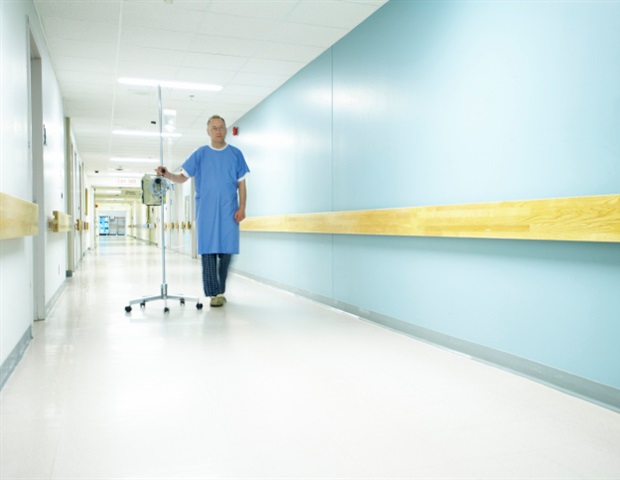Photomedas. This is the name of a non-invasive system that will help measure the cranial deformation of infants – from newborns, to 12-month-old babies. It is comprised of a mobile phone application and a mesh cap, and has been developed by Valencia Polytechnic University (UPV) researchers together with La Fe hospital specialists.
Its implementation in medical practice would entail great benefits for the babies. The main one is that it removes the need to conduct CT or MRI scans, which would mean not exposing the child to the radiation that comes with these tests. The system has been patented after four years of work, and its latest results have been published in the journal Measurement.
Cranial deformation in babies is a common problem in pediatric clinics. The most accurate diagnostic methodologies with medical images are computerized tomography (CT) and magnetic resonance imaging (MRI). However, these radiological image technologies entail several inconveniences and require the use of a dose of radiation for the babies. Therefore, they are only used for the most severe cases, whereas the more minor cases are assessed using less accurate methodologies, such as callipers or measuring tapes.
Photomedas entails zero inconveniences and zero radiation for infants. It is a non-invasive solution that is reliable and easy to use, which offers results that are 100% reliable.”
Professor José Luis Lerma, director of the Photogrammetry and Laser Scanner Research Group (GIFLE) of the department of Mapping Engineering, Geodesy and Photogrammetry of the UPV
The system combines traditional photogrammetry techniques with 3D modelling, by recording a video of the infant’s cranium, which is done with the mobile phone. “The cap includes a series of coded targets, and what the app does is register the image recorded by each of these targets, saving their coordinates. It then processes all this data and generates the 3D image of the baby’s cranium,” says Inés Barbero García, fellow researcher of the GIFLE-UPV.
As well as the benefits for the baby, the information provided by the photogrammetric analysis is of great importance for the physician. Photomedas helps quantify objectively and very quickly and easily the degree of cranial deformation, plan the most suitable treatment strategies and assess results.
“Photomedas is a system that helps professionals; it offers pediatricians, neurosurgeons or orthopaedists an exact 3D model of the baby’s cranium, which they can compare with other models of reference. Furthermore, as it is a system that is very easy to use and non-invasive, it also helps conduct a more comprehensive monitoring of the patient’s evolution: in this case, the babies,” adds José Luis Lerma.
For the development of Photomedas, the UPV researchers were aided by a group headed by Dr. Pablo Miranda, paediatric neurosurgeon of the Hospital Universitari i Politècnic La Fe.
Barbero-García, I. et al. (2019) Smartphone-based photogrammetric 3D modelling assessment by comparison with radiological medical imaging for cranial deformation analysis. Measurement. doi.org/10.1016/j.measurement.2018.08.059.
